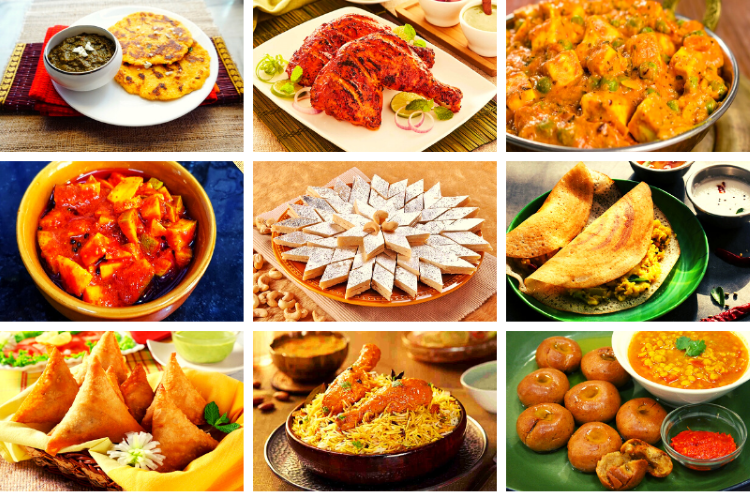Indian Sellers Collective against FSSAI-proposed Nutrition Rating System

If FSSAI’s Nutrition Rating System is implemented, most traditional Indian delicacies will be labelled unhealthy
Team L&M
The Indian Sellers Collective, an umbrella body of trade associations and sellers across the country, is up against the rating standards proposed by the Food and Safety Standards Authority of India (FSSAI) to evaluate foods. This, it states, is a narrow and unscientific lens to evaluate foods, and if implemented it will make a large section of delicacies that we Indians have loved to eat and gift for centuries look unfit for human consumption.
The Collective undertook a study of favourite Indian foods as per FSSAI’s proposed Nutrition Rating System and found that if rated by it, the Mathura Peda, which is also a religious offering will get 0.5 star, and Patisa will get a 1 star; South Indian delicacy Mysore Pak will get a 0.5 star while Peanut Chikki and Instant Poha will get just 0.5 star and the most famous Indian sweet and a must-have during Diwali, Soan Papdi will be rated at just 1 star.
On September 13, 2022, the FSSAI had released a Draft Notification amending the Food Safety and Standards (Labelling & Display). Front-of-Pack Nutrition Labelling (FOPNL) is part of this amendment. Under FOPNL there will be an INR (Indian Nutrition Rating System) and foods will be given ratings based on their nutritional information per 100 grams or 100 ML. The ratings will be from a half star or a 0.5 rating meaning ‘least healthy’ to five stars being the ‘healthiest’.
The proposed Indian Nutrition Rating System does not factor into the consumption patterns and habits of Indians, as it ranks all food items on 100 grams basis, making the method totally unscientific. In practice, most of these Indian foods getting an unfair rating are consumed in smaller single serves of say 20 grams, like in the case of traditional sweets like Peda or Mysore Pak.
“Indian foods have evolved over centuries and are naturally designed to suit climatic conditions and genetic composition of Indians,” says Abhay Raj Mishra, Member & National Coordinator, Indian Sellers Collective. “People in the coastal areas of Gujarat, Maharashtra and Kerala require foods rich in salt as they sweat more because of excessive humidity. Similarly farming population in the northern states of Punjab and Haryana need foods high in fats and salt to keep allowing them to work excessively for long hours in heat,” he says adding that the proposed regulation disregards these facts. Stating that it is a copy and paste regulation from the West, Mishra avers that it will systematically make Western foods look good and gradually destroy traditional Indian foods and Indian palate.
“Further, FOPNL will impact the Indian packaged food MSMEs (Micro, Small and Medium Enterprise), which gives bread and butter to the millions of workers. For example, Bhujia is a cottage industry in Bikaner (Rajasthan), and provides employment to millions of people in the region, especially women,” says Dhairyashil Patil, President, All India Consumer Products Distributors Federation (AICPDF). “The proposed rating system will make Indian Foods with lower star ranking being rejected by Indian consumers, which in turn will favour ‘healthier’ Western food – fortified and chemically substituted by MNCs to secure a better ranking,” he adds. “The fact is Western food has equal if not more sugar, fat and salt content as compared to traditional Indian delicacies,” opines Mishra.
The Collective also rues that while India’s food processing Industry has been making significant growth Western MNCs are following a grand design to capture this lucrative market under which they are collaborating with large retail companies and big distributors to capture the market and westernize the Indian palate. “The FSSAI is only aiding the Western MNCs unmindful if the fact that it will sound the death knell for Indian Food Processing MSMEs,” says Mishra.

